11 Interesting Facts You Didn’t Know About Daffodils
Daffodils are more than just a cheerful sign of spring. These vibrant flowers have a rich history and surprising characteristics that make them unique in the world of gardening. From their symbolism in ancient cultures to their role in supporting pollinators, daffodils offer far more than meets the eye. Whether you’re a gardening enthusiast or simply curious about these bright blooms, there’s a lot to learn about this beloved flower.
This post may contain affiliate links, which helps keep this content free. Please read our disclosure for more info.
Daffodils Are Poisonous
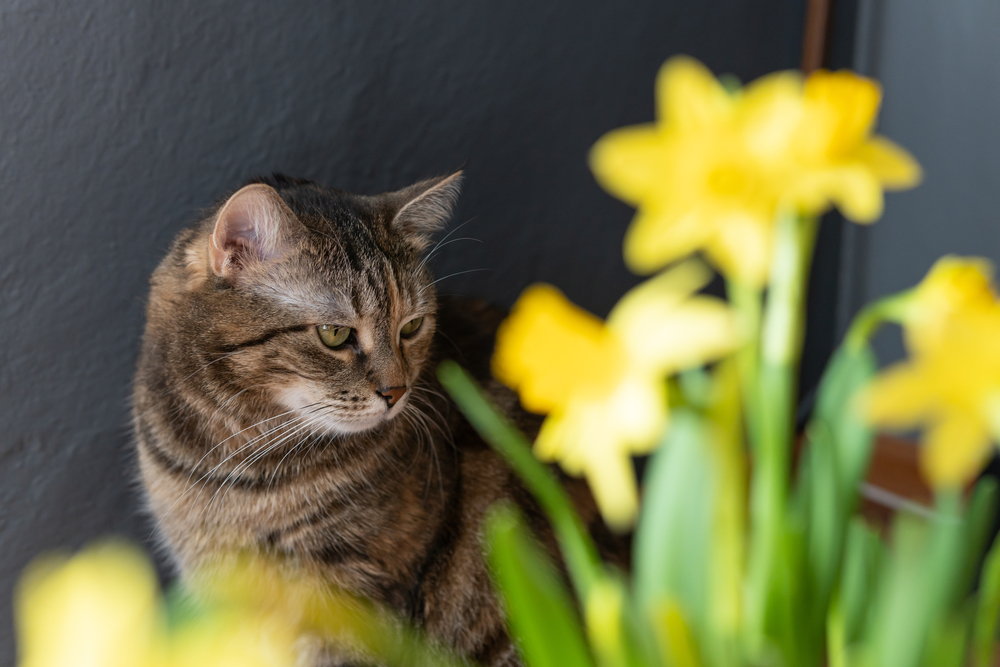
Daffodils contain a toxic compound called lycorine, primarily found in their bulbs. If ingested, this substance can cause nausea, vomiting, and stomach pain. The plant is particularly dangerous if consumed by pets or small children who may mistake it for food. Although the plant’s bright blooms make it an appealing addition to gardens, they should be handled with care, especially when planting or disposing of them.
Despite their toxicity, daffodils are not harmful to touch. The risk comes mainly from eating the plant, so it is crucial to keep daffodils away from curious pets and young children who might be tempted. Lycorine has also been studied for its potential medicinal properties, though its toxic nature makes it unsuitable for use in most cases.
The Name “Daffodil” Comes From an Ancient Greek Word
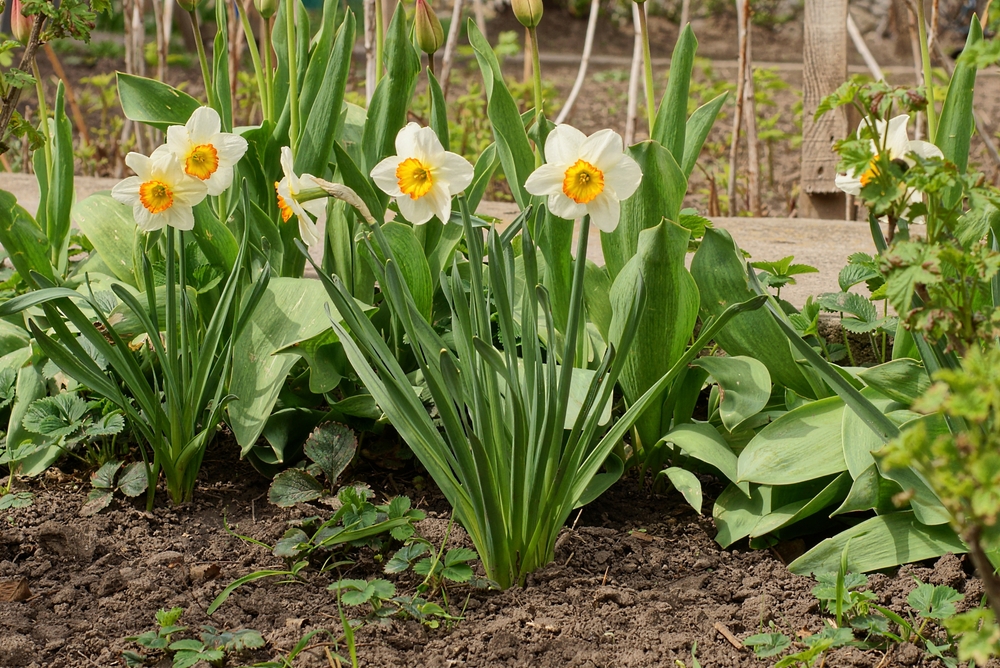
The name “daffodil” is derived from the ancient Greek word “asphodel,” which was used to describe a different type of flower. Asphodels were referenced in Greek mythology and were believed to be the flowers of the underworld. The word “Narcissus” was later adopted by the Romans to describe this flower, referencing the myth of Narcissus, who became so enchanted by his reflection that he died staring at it.
The modern use of “daffodil” in English came about during the 16th century, likely derived from “affodell,” a Middle English term that was a variant of “asphodel.” While the plant is often called a daffodil today, its mythological roots tie it closely to themes of reflection and vanity, as well as rebirth and renewal, concepts commonly linked to spring.
Daffodils Are Not Native to the United States
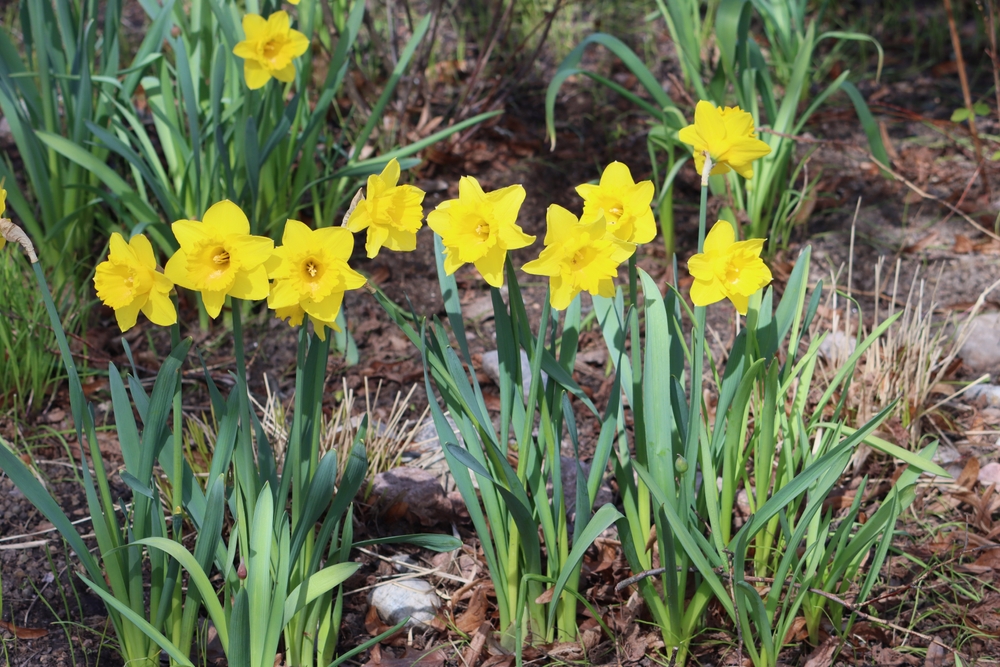
Though daffodils have become synonymous with spring in the U.S., they are not native to the region. These flowers originally hail from Europe and parts of North Africa, where they have been cultivated for centuries. Early European settlers brought daffodil bulbs to the New World, where they found the plant thrived in the diverse climates of North America.
In the U.S., daffodils have become naturalized in many regions, particularly in the northern states, where their cheerful blooms signal the arrival of spring. Today, they are one of the most popular flowers in American gardens, though their roots are firmly planted in European soil.
Daffodils Are a Symbol of Hope and Rebirth
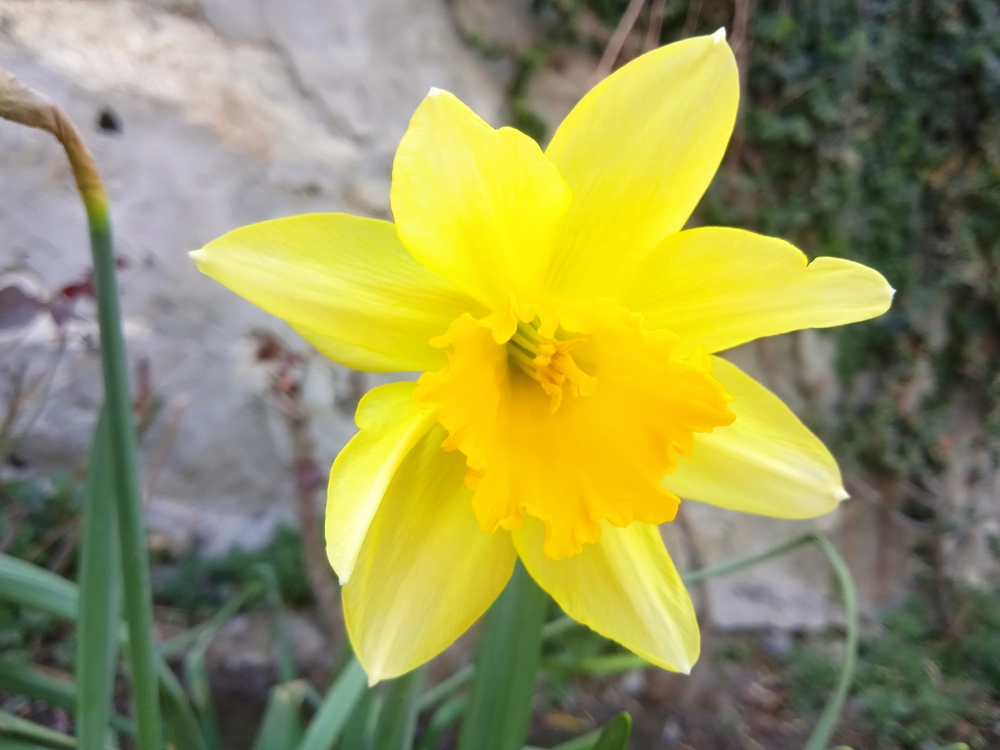
Daffodils are deeply symbolic in many cultures, often representing hope, renewal, and the promise of new beginnings. This connection comes from their early bloom in the spring, often breaking through the cold, hard ground after winter. The vibrant yellow and white flowers are a powerful reminder that life and growth return after a dormant period.
In many traditions, daffodils are seen as a symbol of spring’s arrival, signifying the end of winter and the beginning of a fresh season. They are commonly used in celebrations related to new beginnings, such as New Year’s and Easter, and are often seen as emblems of rejuvenation and positivity.
Daffodils Can Survive in Extreme Cold
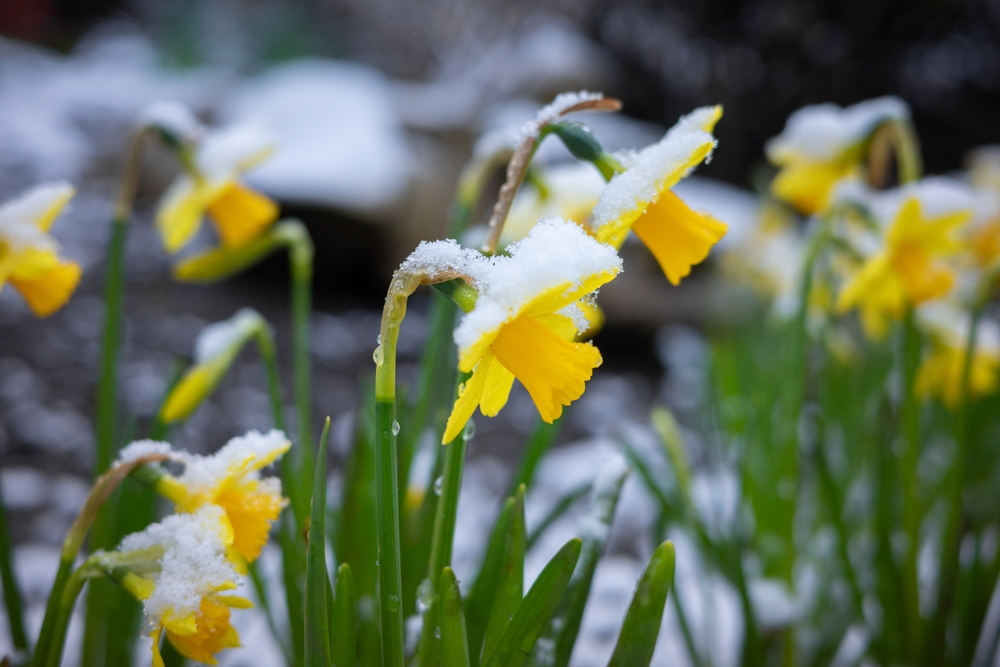
Although daffodils are typically associated with spring, they are surprisingly hardy and can endure extreme cold. Many daffodil varieties are capable of surviving temperatures well below freezing. The bulbs, which lie dormant throughout the winter months, can withstand harsh winter conditions, only to bloom again when the weather warms.
This resilience makes daffodils a great choice for gardeners in colder climates. Their ability to persist through chilly winters and bloom reliably in spring is a testament to their toughness. Whether in a frost-prone garden or a mild spring climate, daffodils will often be among the first plants to bloom each year.
Daffodils Were Used in Ancient Medicine
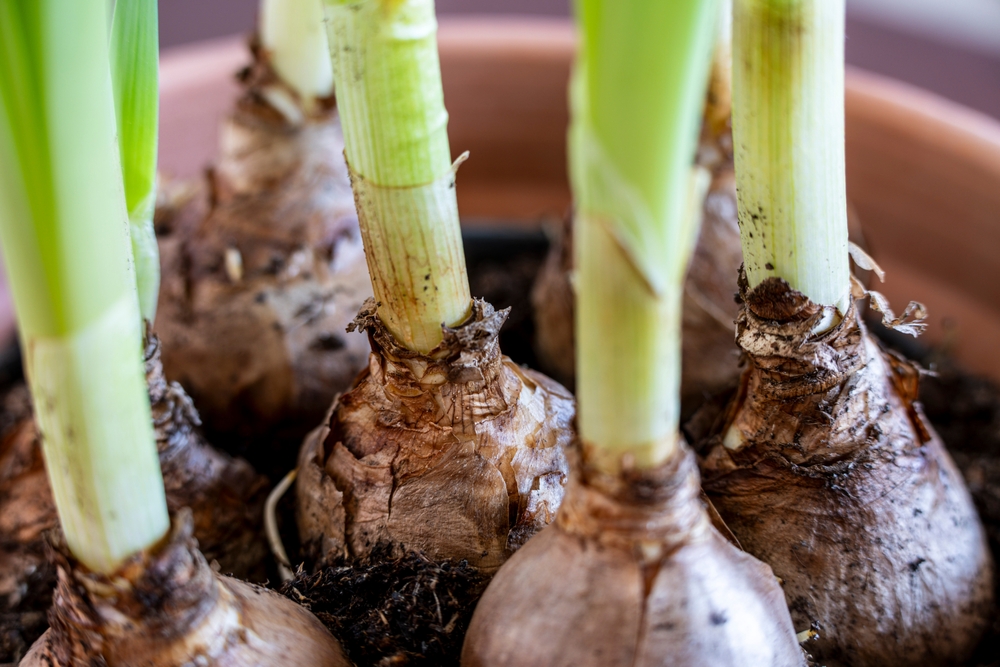
In ancient times, daffodils were used for medicinal purposes, though their toxicity made them tricky to handle. Some cultures believed the plant’s bulb had healing properties for ailments like rheumatism and colds. However, because the bulb contains toxic compounds, it could cause harmful side effects if used improperly.
Today, scientists continue to explore the medicinal potential of daffodils, especially the alkaloids found in their bulbs. While they are not commonly used in modern medicine, lycorine has shown promise in some studies as a potential treatment for cancer. However, its toxic nature means it is not widely used in contemporary treatments.
Daffodils Are Part of the Amaryllis Family
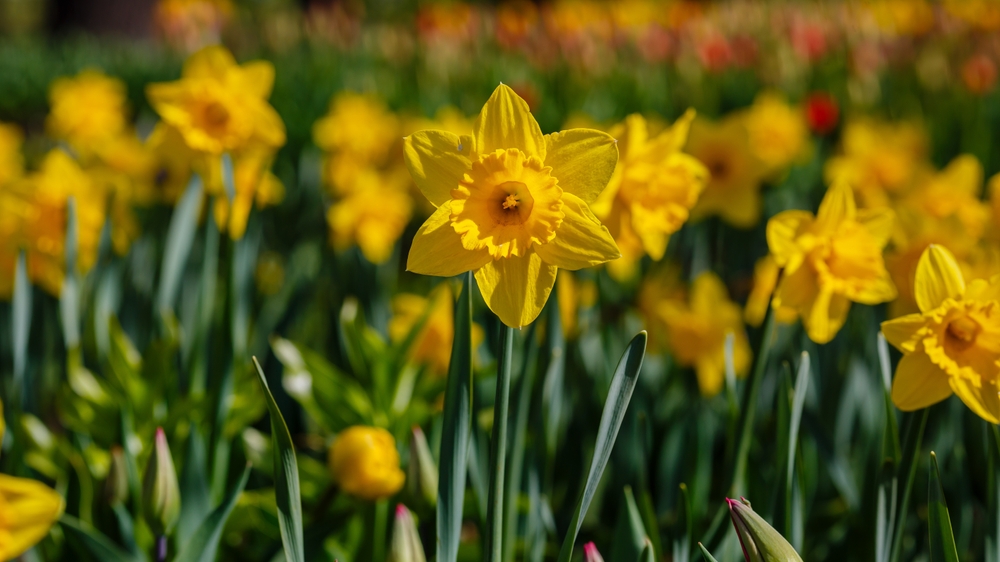
Daffodils belong to the Amaryllidaceae family, which includes several other well-known flowers like lilies and amaryllis. This family is characterized by plants with large, showy blooms and long, slender leaves. Though the daffodil’s distinct trumpet-shaped flower sets it apart from others in the family, it shares similar traits with plants like snowdrops and lilies.
The Amaryllis family is known for its variety and beauty, with flowers that can range from bold and bright to subtle and elegant. While daffodils are one of the most popular members, other family members like the bell-shaped snowdrop are also widely appreciated for their beauty and significance in the garden.
Daffodils Can Be Toxic to Other Plants
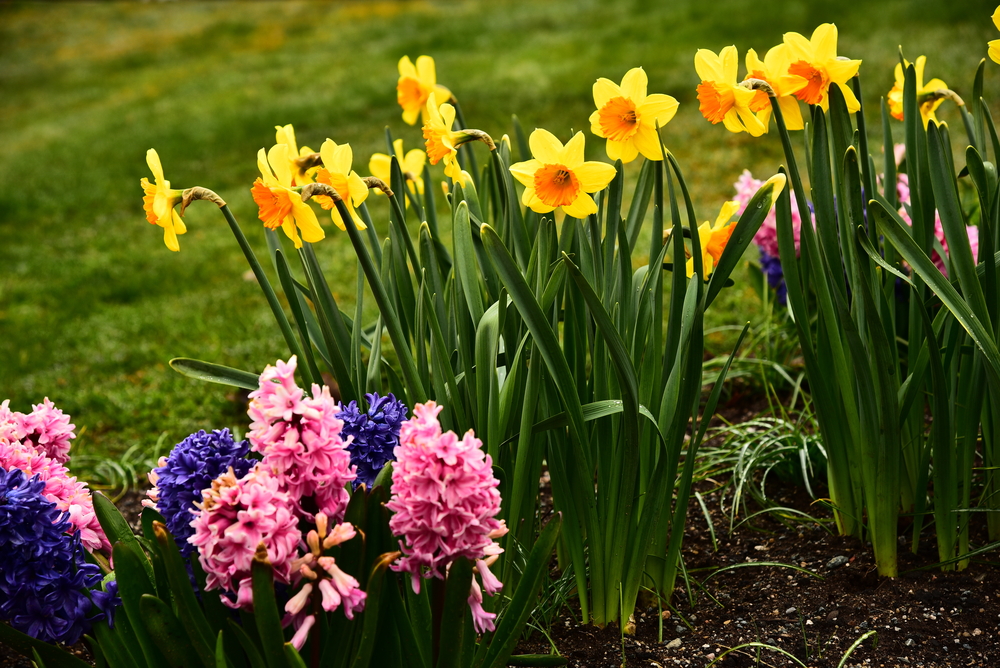
While daffodils are a wonderful addition to gardens, their bulbs can be toxic to nearby plants if not planted correctly. The bulb contains substances that can leach into the soil, making it difficult for other plants to grow nearby. Gardeners often recommend planting daffodils in well-drained, isolated beds to prevent this toxicity from affecting other flowers or vegetables.
In some cases, daffodils can inhibit the growth of neighboring plants by releasing compounds into the soil that make it less fertile. For this reason, it’s important to plan your garden layout carefully and give daffodils space to thrive without impacting other plants.
Daffodils Were Once Used for Dye
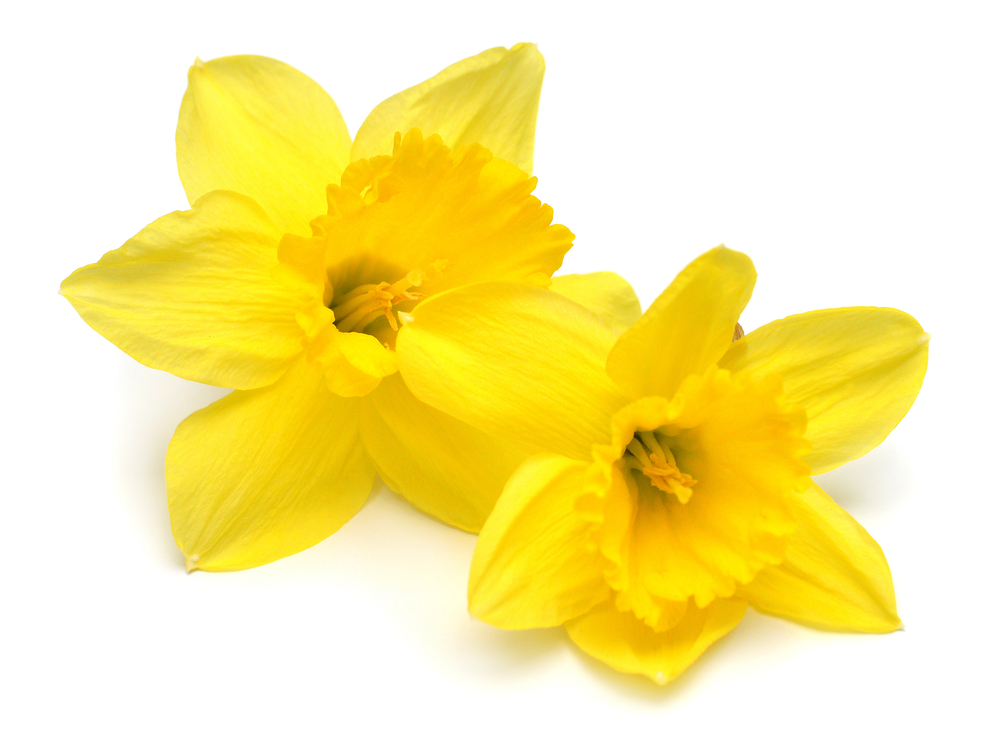
In addition to their ornamental use, daffodils have been used to create natural dyes. Historically, people used the flowers to produce a yellow dye, which was especially valuable in the textile industry. The process involved boiling the flowers to extract the color, which could then be used to dye fabric.
Although it is not a common practice today, daffodils were once a useful resource in areas where plant-based dyes were in demand. The bright yellow petals, when processed correctly, provided a vibrant color that was widely prized in ancient cultures.
Daffodils Are Important to Pollinators
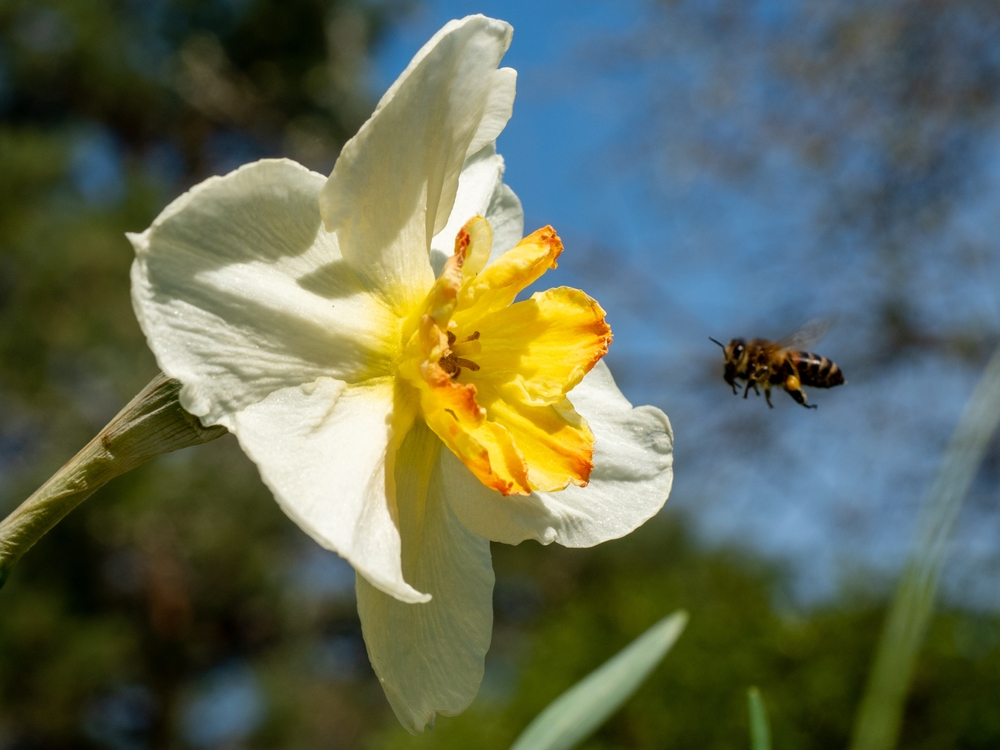
Daffodils play an important role in supporting pollinators like bees and butterflies. Their bright colors and large, trumpet-shaped flowers attract a variety of insects that are essential for pollination. As one of the first flowers to bloom in spring, they provide an early food source for bees that are emerging from their winter hibernation.
In addition to providing nectar, daffodils also help maintain a healthy ecosystem by supporting the pollinators that are crucial for the reproduction of many plants. These flowers are an important part of spring’s delicate balance, offering both beauty and sustenance to wildlife.
Daffodils Have a Short Lifespan as Cut Flowers
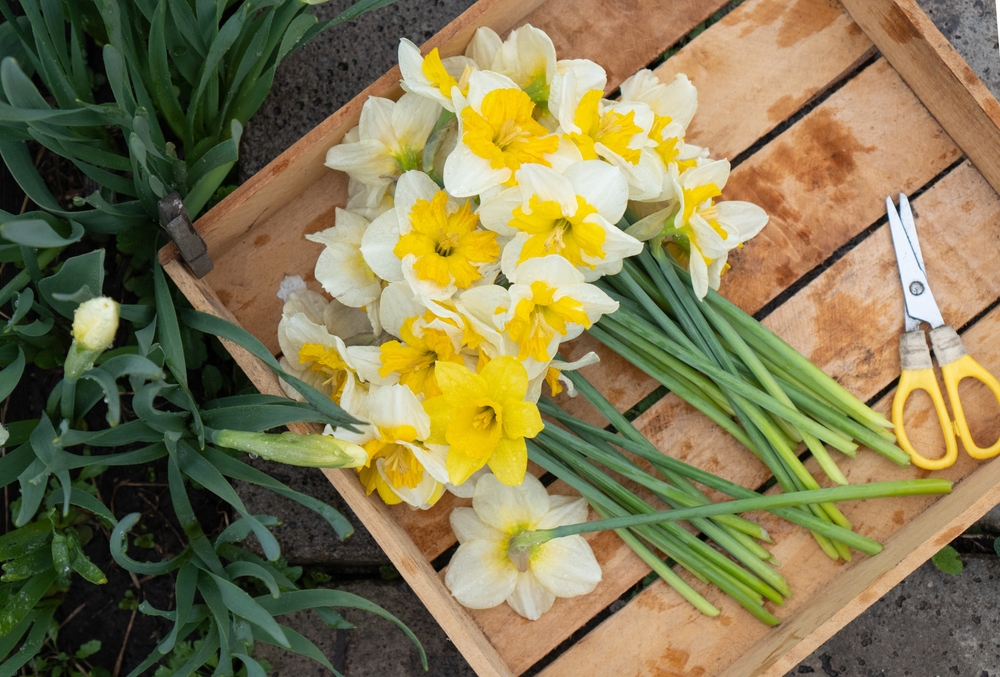
While daffodils are long-lasting in the garden, they have a relatively short lifespan when cut and placed in a vase. Typically, daffodils last about 5 to 7 days after being cut, depending on the care they receive. To extend their freshness, it’s best to cut the stems at an angle and place them in cool water.
Interestingly, daffodils should not be placed in a vase with other flowers, as their stems secrete a slimy substance that can shorten the life of other blooms. For the best results, keep daffodils in their vase and change the water regularly to keep them looking fresh for as long as possible.
This article originally appeared on Avocadu.
